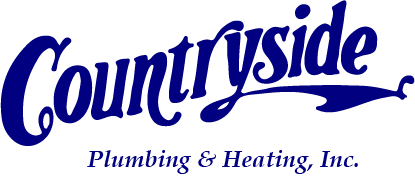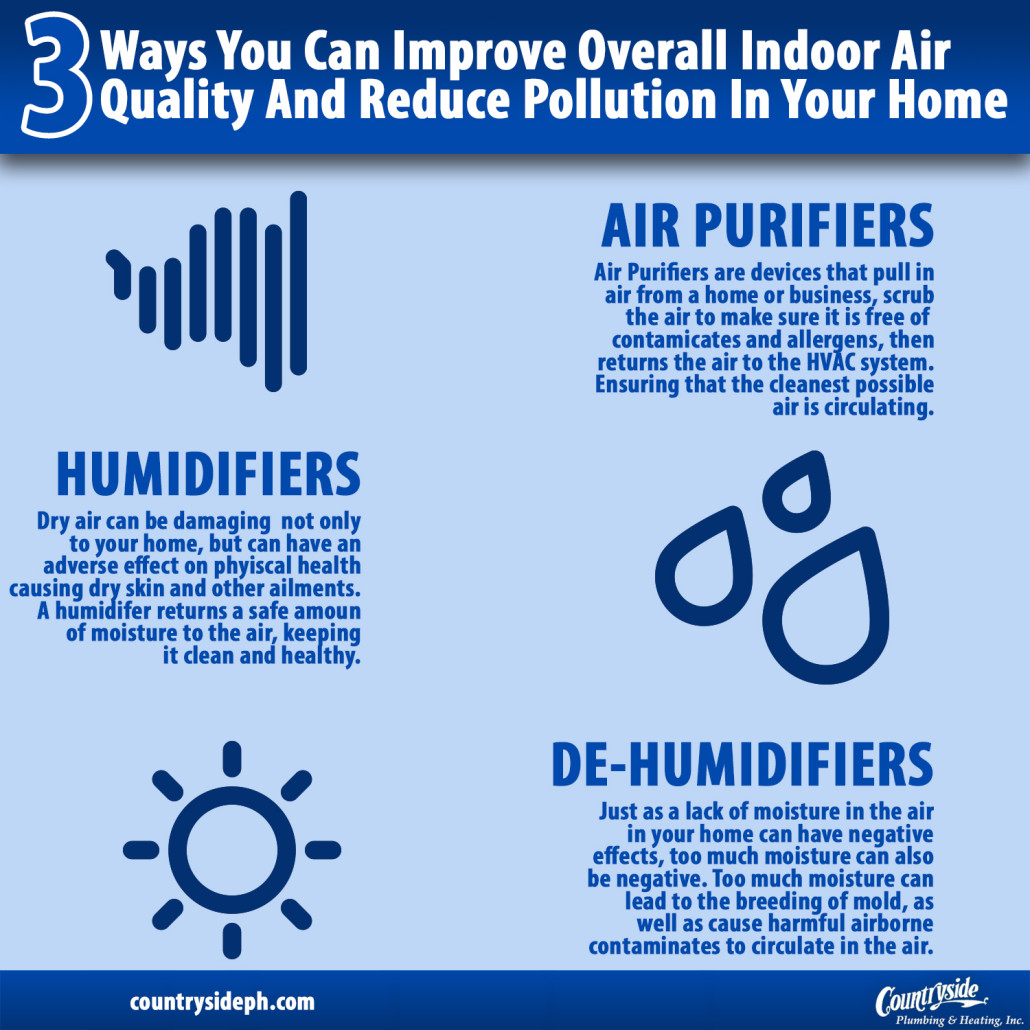Extreme Weather Can Affect the Air in Your Home
When heat waves, blizzards or violent thunderstorms are in the forecast, most people take shelter in their homes, hunkering down to wait out Mother Nature’s harshest punishment.
But when terrible weather strikes your home may not be quite the safe refuge you think it is. The air inside your home is often compromised by irritants, allergens, microbes, chemical traces and exhaust fumes that can make you ill if you breathe them steadily. This can be a threat at any time, but it tends to become worse when the climate turns hostile.
Indoor Air Pollution and the Weather
Bad weather outside can affect your home’s air quality in multiple ways. In high temperature conditions, for example, pollen production in plants is often stimulated, leading to dangerous pollen levels in the air that can put those vulnerable to them at risk. No matter how airtight your home might be some of this pollen-laced air will inevitably get inside, and because you’ve got the windows shut and the air conditioning turned on there will be no escape from its effects.
Mold is another threat you may face when the weather turns rotten. Thunderstorms, high humidity and melting snow from heavy blizzards can all lead to excess moisture problems inside walls, in basements and in attics, and mold invasions are one frequent result of such a scenario. Meanwhile moisture accumulation in HVAC ductwork is also fairly common following bad weather, and when this happens it can encourage the growth of illness-causing bacteria that circulate throughout your home when your heating or cooling equipment has been switched on.
While bad weather can have a direct effect on the quality of indoor air, it can also have an indirect effect. When homes are closed up tight in response to the weather good ventilation is needed to prevent stale, contaminated air, but energy-efficiency is now stressed so much that newly constructed homes are often too airtight, either by design or through excessive insulation or weatherizing.
Even in the most extreme conditions venting is needed to guarantee a plentiful supply of fresh air, and if it is lacking in your home it might be a good idea to add a ventilator or air purifier to your stock of climate maintenance equipment. Adding a UV lamp to your HVAC system can also protect you by eliminating bacteria, mold and other potentially hazardous microbes that might infest your home during difficult weather conditions.
Clearing the Air with Countryside Plumbing & Heating Inc.
In western Wisconsin challenging weather is a constant fact of life.
At Countryside Plumbing & Heating we understand that indoor air quality is negatively impacted by thunderstorms, blizzards and heat waves, and we are pleased to offer our customers the chance to purchase superior quality air purifiers, ventilators and UV lamps from Bryant, the leading name in HVAC technology and indoor air quality management.
If you live in our service area we invite you to contact us today, and we will be happy to introduce you to a plethora of exciting air quality management options.
Follow our blog for terrific tips and tantalizing tidbits about heating, cooling, plumbing and indoor air quality maintenance.

 Here are 3 ways you can improve the Overall Air Quality and Pollution in your Home. Doing these can greatly improve your overall health and prolong your HVAC system life span. For more questions or service please give us a call, we service Ellsworth, Glenwood City, Hammond and surrounding area’s.
Here are 3 ways you can improve the Overall Air Quality and Pollution in your Home. Doing these can greatly improve your overall health and prolong your HVAC system life span. For more questions or service please give us a call, we service Ellsworth, Glenwood City, Hammond and surrounding area’s.
